La Scultura del giorno: il Galata Morente, rubato da Napoleone e restituito grazie a Canova
La scultura del giorno che vi propongo oggi è una di quelle che Napoleone volle portarsi in Francia: il Galata Morente, una delle opere in marmo che più amo e che, grazie a Canova riuscì a rientrare in Italia.
Andiamo però con ordine.
Il Galata Morente è la raffigurazione di un guerriero galata ferito a morte al quale non gli rimangono che pochi istanti di vita. In pieno petto si vede la ferita dalla quale esce il sangue a fiotti. Scolpito con grande realismo, l’uomo appare semi sdraiato al di sopra del proprio scudo.
Osservate con attenzione il volto contratto dal dolore e il suo sguardo diretto verso il basso. Oramai non ha più motivo di sperare. La mano sinistra è rilassata e giace sulla gamba destra. Il viso è caratterizzato dai tratti somatici tipici dei celti con quegli zigomi alti ed evidenti, il taglio dei capelli e la presenza dei baffi.
Il guerriero porta al collo una torque cioè una collana a girocollo con una lavorazione a tortiglione in oro o in bronzo, tipica dei Galli.
Il dolore dello sconfitto è tangibile ma il guerriero appare ancora in tutta la sia fierezza e nel coraggio che ha avuto fino all’ultimo.
Chi scolpì il Galata Morente
L’opera che oggi possiamo ammirare ai Musei Capitolini è la copia marmorea di epoca romana dell’originale in bronzo attribuito a Epigono, artista che realizzò diverse opere raffiguranti i Galati.
L’originale in bronzo che fu poi copiato in marmo risaliva al 230-220 a.C e probabilmente doveva far parte del Donario di Attalo a Pergamo.
Dove e quando fu ritrovato il Galata Morente in marmo
La versione marmorea del Galata Morente fu rinvenuta agli inizi del Seicento negli scavi di Villa Ludovisi, a Roma. L’opera entrò a far parte degli inventari Ludovisi a partire dal 1632.
La drammaticità e il realismo di questo capolavoro suscitarono un’enorme ammirazione da parte dei collezionisti romani ma anche degli artisti che andavano a studiarla. Non furono pochi i sovrani e i personaggi più in vista dell’epoca che commissionarono copie del Galata Morente per poter arricchire le proprie collezioni e i palazzi.
Il Galata Morente rubato da Napoleone
Il Galata Morente fu un’opera particolarmente apprezzata da Napoleone tanto che, durante la campagna condotta in Italia nel 1797, fu una delle opere trafugate mediante il Trattato di Tolentino assieme alla Venere Capitolina lo Spinario e il Bruto Capitolini.
Per fortuna però, il Galata al contrario di tante altri capolavori, grazie all’interessamento e al lavoro certosino condotto da Canova, riuscì a rientrare in Italia nel 1815 e da quel momento in poi rimase ai Musei Capitolini dove tutt’oggi potete apprezzarla.
Per il momento il vostro Michelangelo Buonarroti vi saluta dandovi appuntamento ai prossimi post e sui social.
Sculpture of the day: the Dying Galata, stolen by Napoleon and returned thanks to Canova
The sculpture of the day that I am proposing to you today is one of the ones that Napoleon wanted to take to France: the Dying Galata, one of the marble works that I love most and which, thanks to Canova, was able to return to Italy.
But let’s go in order. The Dying Galatian is the depiction of a mortally wounded Galatian warrior who has only a few moments left to live. In the middle of the chest you can see the wound from which blood gushes out. Sculpted with great realism, the man appears semi-reclining above his shield.
Look closely at his face contorted in pain and his downward gaze. He now he no longer has reason to hope. His left hand is relaxed and rests on his right leg. His face is characterized by the somatic features typical of the Celts with those high and evident cheekbones, the cut of the hair and the presence of a mustache.
The warrior wears a torque around his neck, that is a choker necklace with a gold or bronze twisted design, typical of the Gauls.
The pain of the defeated is tangible but the warrior still appears in all the pride and courage that he had until the end.
Who sculpted the Dying Galata
The work that we can admire today in the Capitoline Museums is the Roman-era marble copy of the bronze original attributed to Epigono, an artist who created several works depicting the Galatians.
The bronze original which was later copied in marble dated from 230-220 BC and was probably part of the Donario of Attalos in Pergamum.
Where and when the marble Dying Galata was found
The marble version of the Dying Galata was found at the beginning of the seventeenth century in the excavations of Villa Ludovisi, in Rome. The work became part of the Ludovisi inventories starting from 1632.
The drama and realism of this masterpiece aroused enormous admiration from Roman collectors but also from the artists who went to study it. There were not a few sovereigns and the most prominent personalities of the time who commissioned copies of the Dying Galata in order to enrich their collections and palaces.
The Dying Galata stolen by Napoleon
The Dying Galata was a work particularly appreciated by Napoleon so much that, during the campaign conducted in Italy in 1797, it was one of the works stolen through the Treaty of Tolentino together with the Capitoline Venus, the Spinario and the Capitoline Brutus.
Fortunately, however, the Galata, unlike many other masterpieces, managed to return to Italy in 1815 thanks to the interest and painstaking work carried out by Canova and from that moment on it remained in the Capitoline Museums where you can still appreciate it today.
For the moment, your Michelangelo Buonarroti greets you by making an appointment for the next posts and on social media.

Sostienici – Support Us
Se questo blog ti piace e ti appassiona, puoi aiutarci a farlo crescere sempre più sostenendoci in modo concreto condividendo i post, seguendo le pagine social e con un contributo che ci aiuta ad andare avanti con il nostro lavoro di divulgazione. . ENGLISH: If you like and are passionate about this blog, you can help us make it grow more and more by supporting us in a concrete way by sharing posts, following social pages and with a contribution that helps us to move forward with our dissemination work.
8,00 €
-
Andrea del Sarto, il pittore senza errori, e il suo dipinto più enigmatico agli Uffizi
🇮🇹La Madonna delle Arpie di Andrea del Sarto, il “pittore senza errori” secondo Vasari in realtà non raffigura ciò che la dicitura proclama ma sono invece le locuste dell’Apocalisse… 🇬🇧 Andrea del Sarto’s Madonna of the Harpies, the “painter without errors” according to Vasari, doesn’t actually depict what the caption proclaims, but rather the locusts…
-
Un mio disegno giovanile: origine, stile e attribuzione
🇮🇹Nudo e panneggio si intrecciano in un foglio enigmatico, attribuito a me, quando ancora ero molto giovane. Tra Vasari, la tradizione fiorentina e ipotesi iconografiche ancora aperte, questo disegno racconta la nascita di un linguaggio mio… 🇬🇧Nude and drapery intertwine in an enigmatic work attributed to me when I was still very young. Between Vasari,…
-
Marco Polo, 8 gennaio 1328: la morte del viaggiatore che cambiò per sempre l’immaginario dell’arte
🇮🇹L’8 gennaio 1328 passava a miglior vita a Venezia Marco Polo: figura emblematica e affascinante, fonte d’ispirazione inesauribile per l’arte, la letteratura e l’immaginario occidentale… 🇬🇧On January 8, 1328, Marco Polo passed away in Venice: an emblematic and fascinating figure, an inexhaustible source of inspiration for art, literature, and the Western imagination…

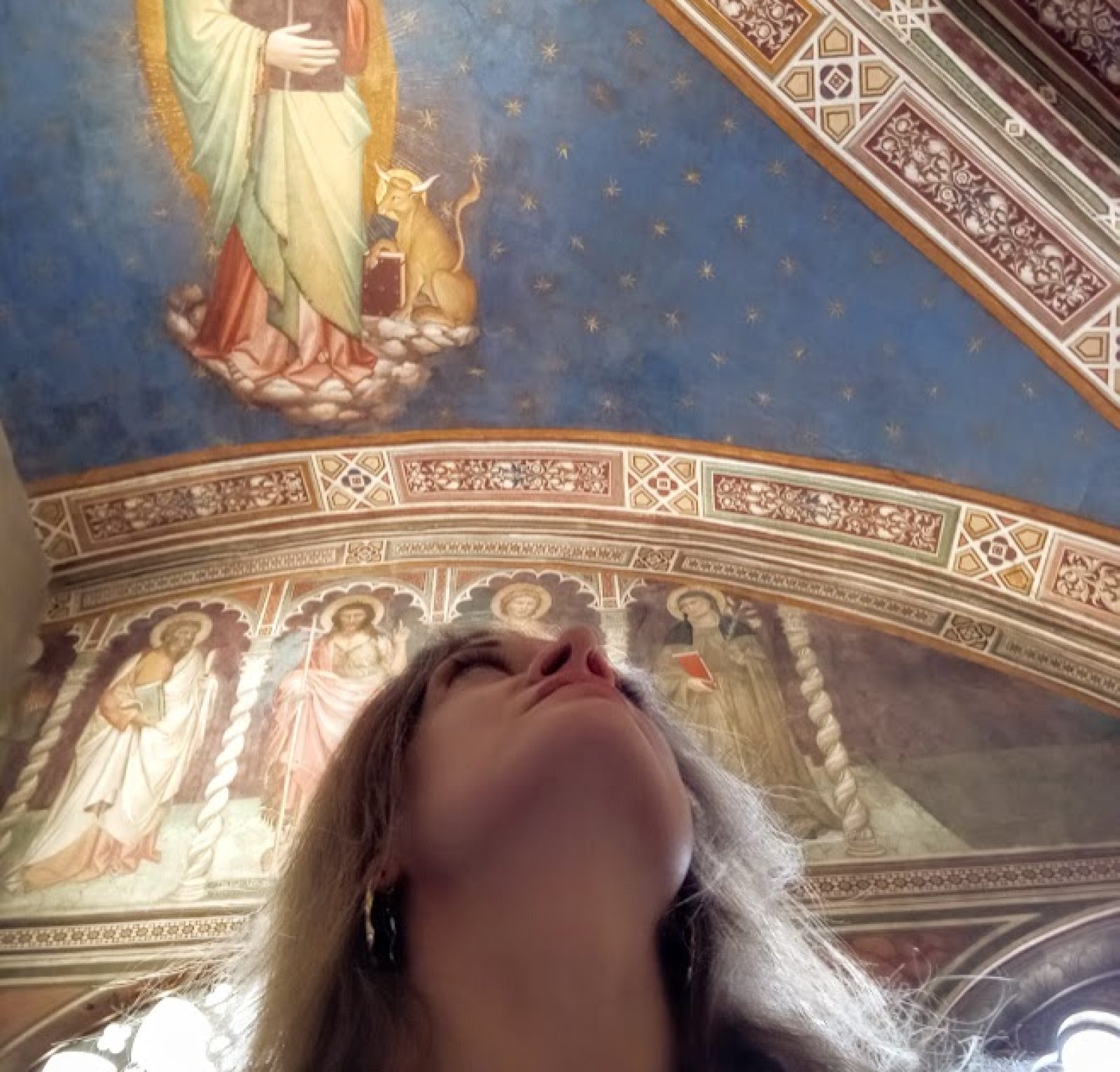





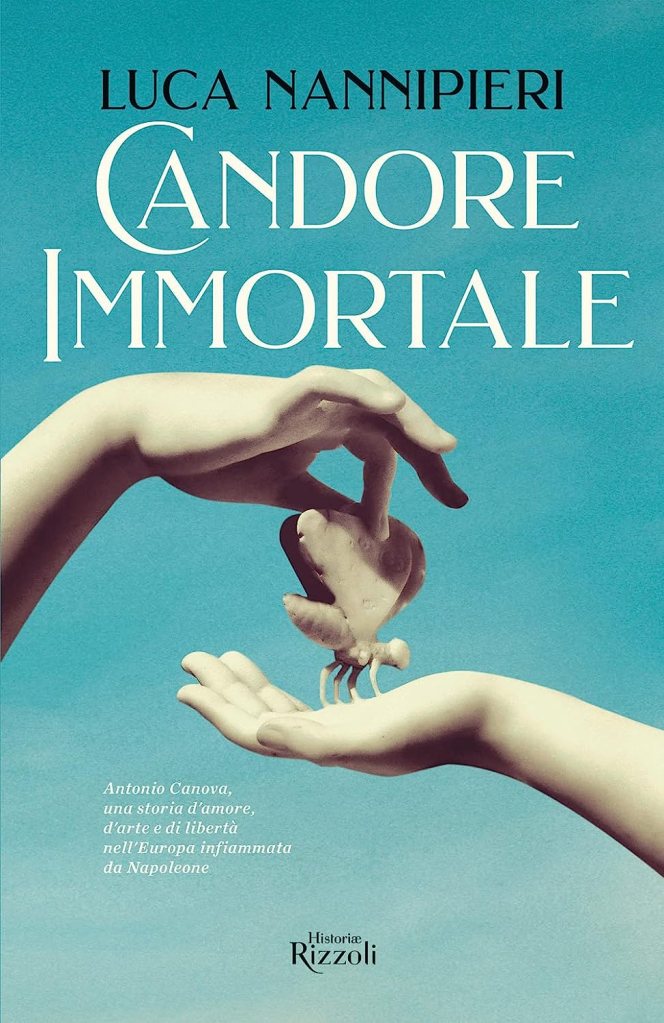
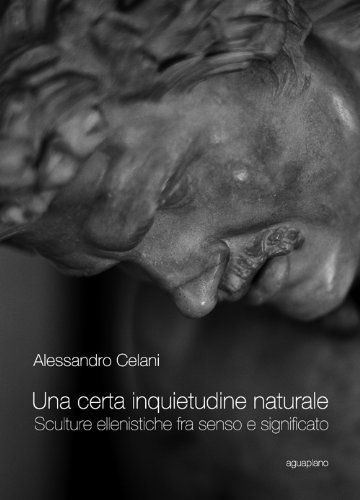
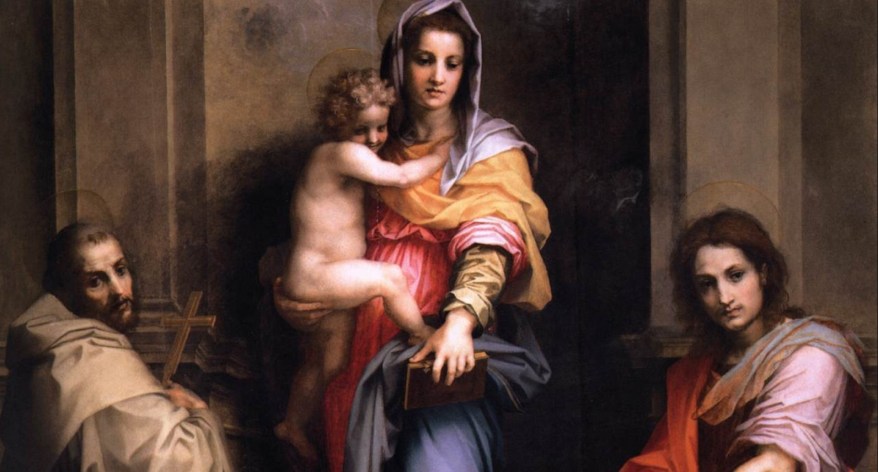
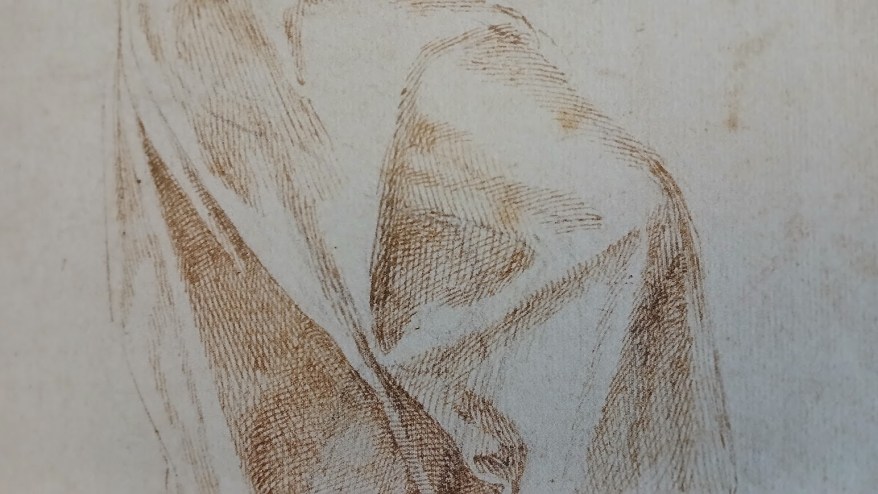




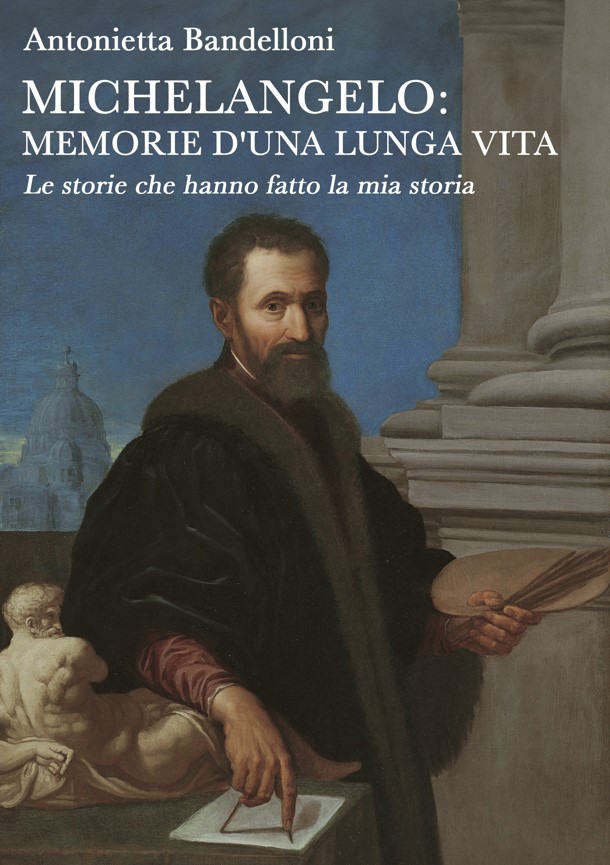



1 commento »